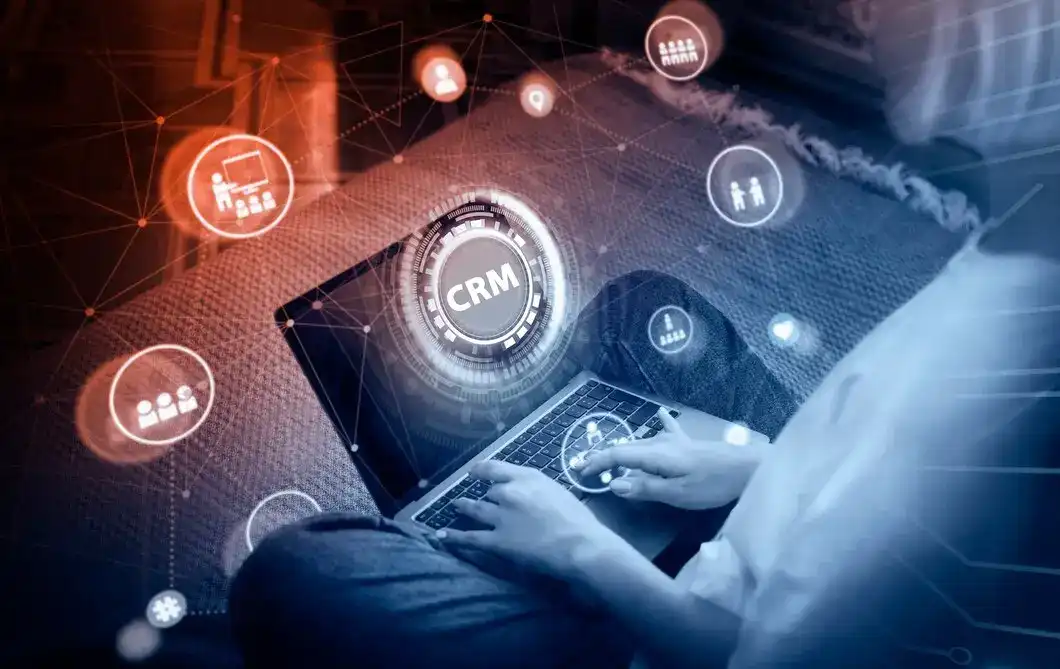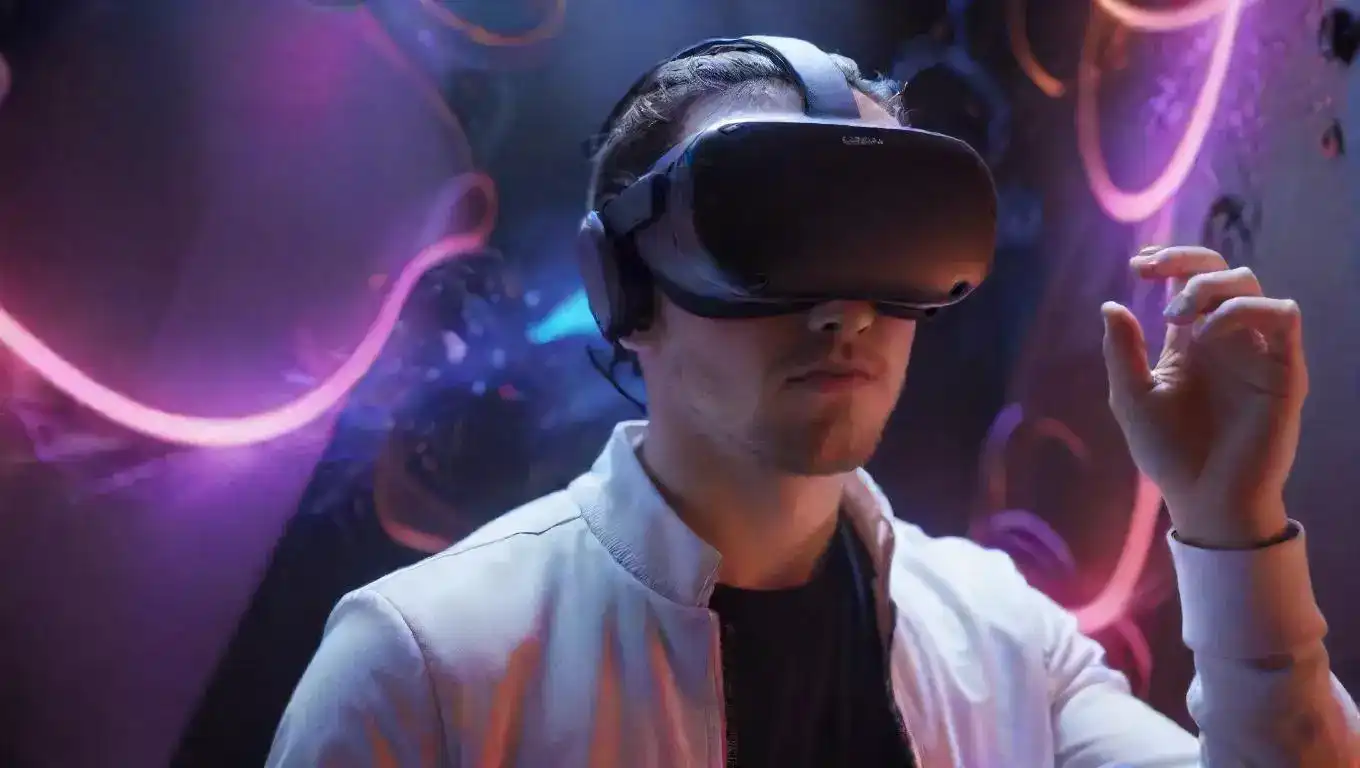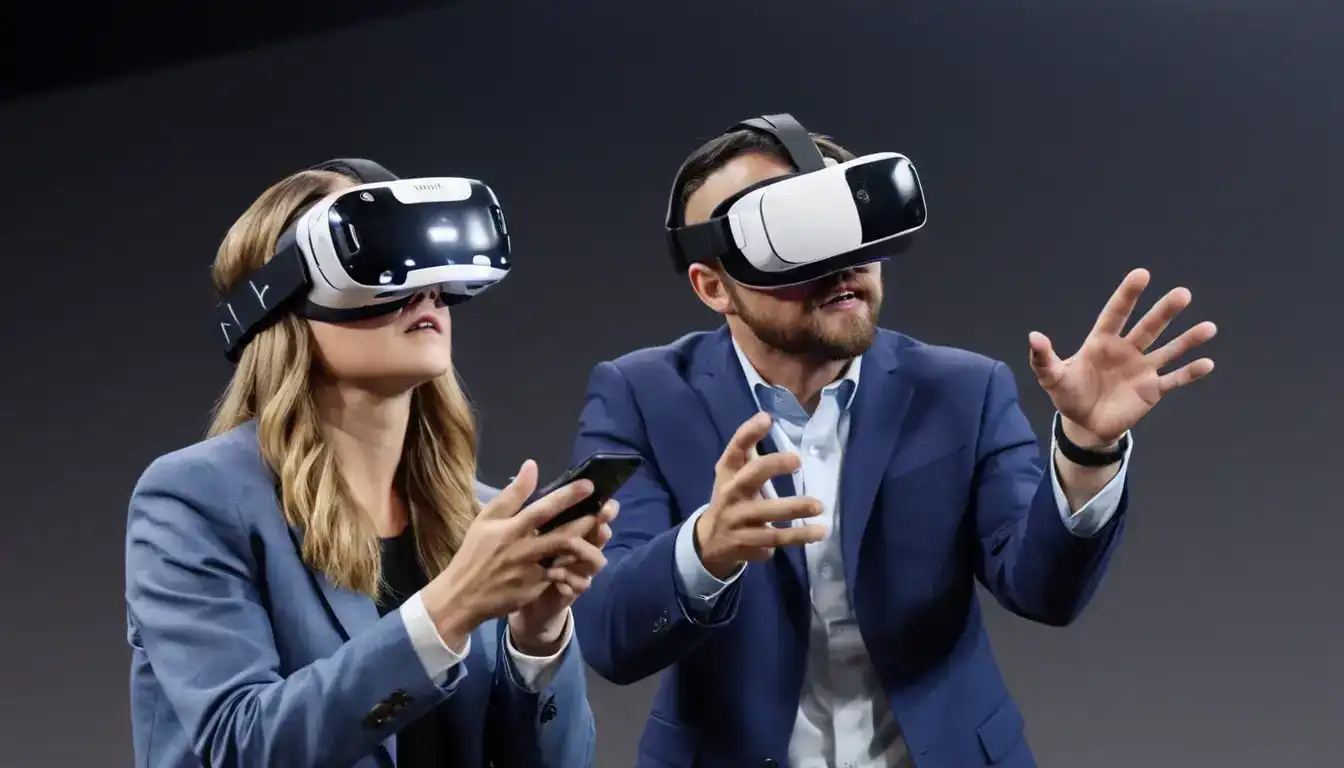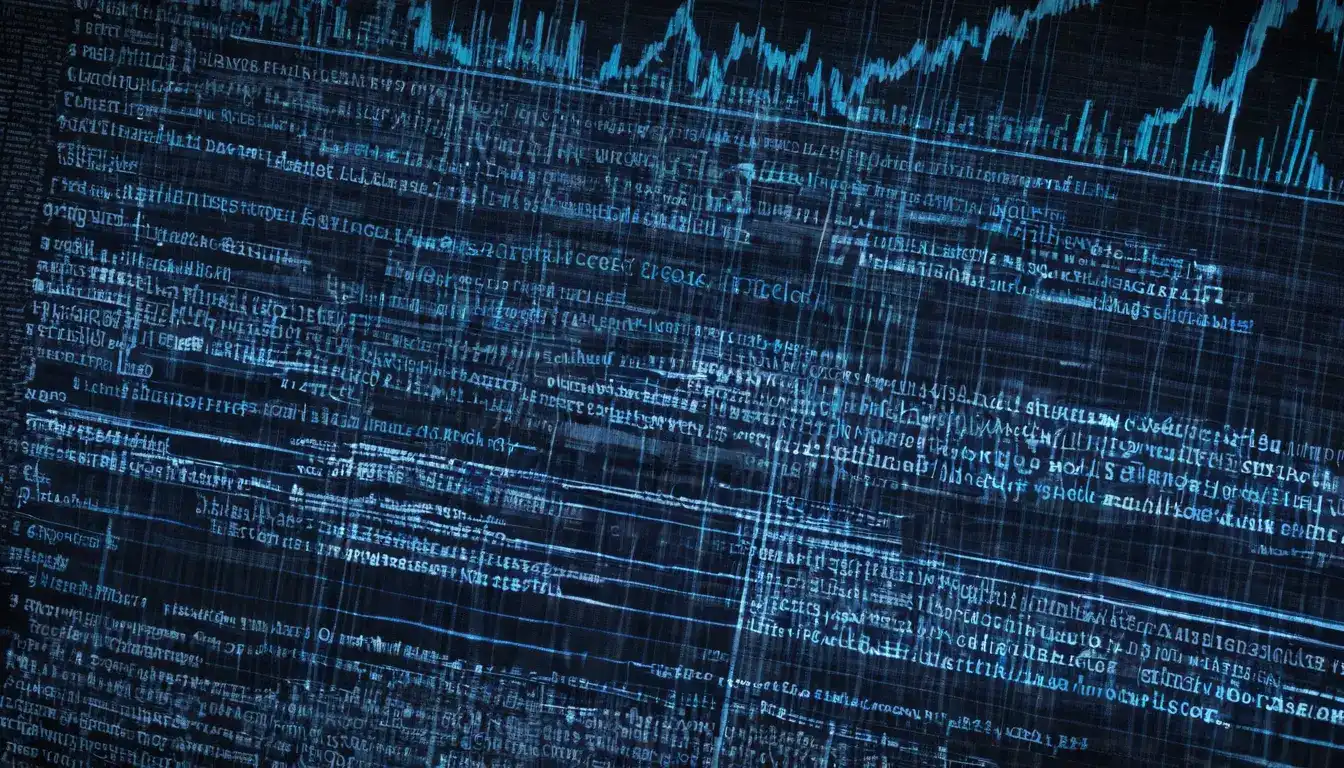How IoT is Changing the Way We Live and Work
Emily Willis

Photo: How IoT is Changing the Way We Live and Work
The Internet of Things (IoT) is transforming the way we live and work in unprecedented ways. By connecting everyday devices to the internet, IoT enables these devices to communicate, collect data, and perform tasks autonomously. This technology is making our homes smarter, our workplaces more efficient, and our lives more convenient. In this article, we will explore how IoT is changing various aspects of our daily lives and professional environments.
The Rise of IoT
The concept of IoT has been around for a while, but it has gained significant traction in recent years due to advancements in technology and the proliferation of internet-connected devices. From smart home appliances to wearable fitness trackers, IoT devices are becoming an integral part of our lives. According to estimates, the number of IoT devices worldwide is expected to reach 75.44 billion by 2025.
Smart Homes
One of the most visible impacts of IoT is in our homes. Smart home devices are revolutionizing the way we interact with our living spaces. These devices provide convenience, security, and energy efficiency.
1. Convenience
Smart home devices like smart speakers, thermostats, and lighting systems can be controlled remotely through smartphones or voice commands. For instance, you can adjust the thermostat while you're on your way home, ensuring a comfortable temperature upon arrival. Smart lighting systems can be programmed to turn on or off at specific times, creating a seamless living experience.
2. Security
IoT-enabled security systems offer enhanced protection for homes. Smart cameras, doorbells, and locks allow homeowners to monitor their property in real-time and receive alerts for any suspicious activity. These systems can be integrated with other smart devices, such as lights and alarms, to create a comprehensive security solution.
3. Energy Efficiency
Smart home devices help reduce energy consumption by optimizing the use of resources. Smart thermostats learn your preferences and adjust heating and cooling accordingly, while smart plugs and appliances can be programmed to operate during off-peak hours. This not only reduces energy bills but also contributes to environmental sustainability.
IoT in the Workplace
IoT is also making a significant impact in the workplace, enhancing productivity, efficiency, and safety.
1. Enhanced Productivity
IoT devices streamline various tasks and processes, freeing up employees to focus on more important work. For example, smart office systems can automatically adjust lighting and temperature based on occupancy, creating a comfortable working environment. IoT-enabled devices can also monitor equipment performance and alert maintenance teams to potential issues before they become critical, reducing downtime.
2. Efficient Operations
IoT is transforming industries by enabling better resource management and operational efficiency. In manufacturing, IoT sensors can track the performance of machinery and predict maintenance needs, reducing the risk of breakdowns and improving productivity. In logistics, IoT devices can monitor the condition and location of goods in real-time, optimizing supply chain management.
3. Improved Safety
IoT enhances workplace safety by monitoring environmental conditions and equipment usage. Wearable devices can track employees' health and alert them to potential hazards, such as exposure to harmful substances or extreme temperatures. IoT sensors can also detect unsafe conditions, such as gas leaks or structural weaknesses, and trigger alarms or automated responses to mitigate risks.
Healthcare and IoT
The healthcare industry is another area where IoT is making a significant impact. IoT-enabled devices are improving patient care, enhancing medical research, and streamlining hospital operations.
1. Patient Care
Wearable health devices, such as fitness trackers and smartwatches, monitor vital signs and provide real-time health data to patients and healthcare providers. This enables proactive health management and early detection of potential issues. IoT devices can also facilitate remote patient monitoring, allowing doctors to keep track of patients' health conditions without requiring frequent hospital visits.
2. Medical Research
IoT is accelerating medical research by providing vast amounts of data for analysis. Connected devices can collect data on patient outcomes, treatment effectiveness, and disease progression, helping researchers develop better treatments and preventive measures. This data-driven approach enhances the accuracy and speed of medical research.
3. Hospital Operations
IoT improves hospital operations by optimizing resource management and patient care. Smart systems can track the availability of medical equipment, monitor inventory levels, and manage patient flow, ensuring that resources are used efficiently. IoT-enabled devices can also improve patient comfort and safety by monitoring environmental conditions and alerting staff to potential issues.
Transportation and IoT
The transportation sector is experiencing significant changes due to IoT, enhancing the efficiency, safety, and convenience of travel.
1. Efficient Fleet Management
IoT devices enable real-time tracking of vehicles, optimizing fleet management and logistics. Fleet managers can monitor the location, speed, and condition of vehicles, improving route planning and reducing fuel consumption. This leads to cost savings and more efficient operations.
2. Enhanced Safety
IoT is improving transportation safety through advanced monitoring and alert systems. Connected vehicles can communicate with each other and with traffic infrastructure to avoid collisions and reduce traffic congestion. IoT sensors can also monitor road conditions and alert drivers to potential hazards, enhancing overall safety.
3. Convenient Travel
IoT is making travel more convenient by providing real-time information and seamless connectivity. Smart traffic management systems can optimize traffic flow, reducing travel time and emissions. IoT-enabled public transportation systems can provide real-time updates on schedules and availability, improving the overall travel experience for commuters.
Conclusion
The Internet of Things is changing the way we live and work in profound ways. From smart homes and workplaces to healthcare and transportation, IoT is enhancing convenience, efficiency, and safety. As the technology continues to evolve, its impact on our daily lives and professional environments will only grow. Businesses and individuals alike must embrace IoT to stay competitive and take advantage of the numerous benefits it offers.
Latest ✨
View Allvibrant cultures of Mexico, China, and India, highlighting their unique customs, traditions, and ways of life. It emphasizes the importance of immersing oneself in these cultures to connect with the soul of a place and create lasting memories.
Emily Willis
Virtual reality (VR) and augmented reality (AR) are transforming the entertainment industry by offering immersive experiences that blur the lines between the real and virtual worlds. VR completely transports users into computer-generated environments, while AR overlays digital elements onto the real world.
Emily Willis
The Pacific Ocean is home to remote and enchanting islands that offer untouched natural beauty, rich cultures, and unique experiences for adventurous travelers. Tips for exploring these hidden gems include researching your destination, packing light, respecting local culture, exploring responsibly, and staying safe.
Emily Willis
concept of "sports for social good," which uses the power of sports to address social issues and create positive change. It highlights the impact of sports on diversity, gender equality, youth development, community engagement, health, and peacebuilding.
Emily Willis
Business
View All
August 5, 2024
How to Create Engaging Content and Convert Visitors to Customerscreating engaging content to attract and retain customers in the digital age. It provides strategies for understanding the audience, setting content goals, creating high-quality content, using storytelling and emotional connection, and optimizing content for conversions. It also covers content formats and distribution, measuring and analyzing content performance, and building relationships with influencers and user-generated content.
Emily Willis

August 5, 2024
How to Improve Your Leadership Skillsleadership skills in achieving organizational success. It discusses various aspects of leadership, including understanding leadership, identifying leadership styles, developing effective communication skills, building trust and credibility, developing emotional intelligence, delegating tasks effectively, embracing continuous learning, fostering a positive work culture, making tough decisions, developing a growth mindset, and building a strong team.
Emily Willis

August 5, 2024
Master Your Business Financial Plan in 5 Stepssecrets to mastering your business financial plan with five simple steps. Learn how to analyze financial data, set measurable goals, and create a comprehensive strategy for success. Unlock profitability, make confident decisions, and ensure a bright future for your business
Emily Willis
Economy
View AllBest Secured Loans for Debt Consolidation with Low Interest Rates | Compare Top Lenders & Save Money on Monthly Payments
Read MoreThe digital economy is rapidly changing the job market, with trends such as remote work, the gig economy, automation, e-commerce, cybersecurity, digital skills, and changes in traditional industries having significant implications. These trends offer both opportunities and challenges, requiring individuals and organizations to adapt by embracing flexibility, investing in continuous learning, and staying abreast of technological advancements in order to thrive in this evolving landscape.
Read MoreIn today's rapidly changing economic landscape, innovation and resilience are more important than ever. Innovation drives progress and competitiveness by creating new ideas and solutions to meet market needs. Resilience helps businesses withstand shocks and bounce back from setbacks by planning strategically and diversifying resources.
Read MoreEntertainment
View All
August 4, 2024
The Latest Music Trends, Artists Influencing Pop Culture, and How Digital Platforms Facilitate the Distribution of Music GloballyThe music industry is constantly changing due to consumer preferences, technology, and the influence of artists. Digital platforms have revolutionized music creation, distribution, and consumption, leading to genre fusion, the rise of independent artists, and collaborative projects. Influential artists like Billie Eilish, BTS, and Taylor Swift have shaped pop culture globally. Streaming services, social media, and direct-to-fan engagement have transformed music distribution. Digital platforms also promote cultural diversity and inclusivity, expand markets and revenue, and drive technological advancements. The industry is also focusing on sustainability and ethical practices. To succeed in the future, stakeholders must embrace digital transformation and champion inclusivity.
Emily Willis

August 5, 2024
Video Games: Enduring Appeal, Immersive Worlds, and Diverse Genresenduring appeal of video games, highlighting their ability to transport players to fantastical realms, challenge their minds, and foster connections with others. It explores the magic of immersive worlds, the vast array of genres available, and the social power of gaming.
Emily Willis

August 5, 2024
Music Universal Language: Connecting and Inspiring Across CulturesMusic has the power to transcend language barriers and connect people on a deep emotional level. It serves as a bridge between cultures, fostering understanding and appreciation for diversity. The universality of rhythm and melody creates a sense of unity, while the diversity of musical styles allows for exploration and creativity.
Emily Willis
Health
View AllRegular exercise is essential for maintaining both physical and mental health. It helps with weight management, cardiovascular health, muscle strength, energy levels, and sleep quality. Exercise also reduces stress and anxiety, improves mood, cognitive function, and self-esteem, and lowers the risk of depression. Different types of exercises, such as aerobic, strength training, flexibility, balance, and mind-body exercises, contribute to overall health. To start and maintain an exercise routine, it is important to start slowly, set realistic goals, find enjoyable activities, stay consistent, and listen to your body.
Emily Willis
Regular physical activity is crucial for maintaining long-term health and well-being. It has numerous benefits, including improving cardiovascular health, aiding in weight management, enhancing mental health, strengthening bones, boosting immune function, and promoting longevity.
Emily Willis
Quality sleep is essential for overall health and well-being, impacting physical, cognitive and emotional functioning. Lack of quality sleep can lead to a variety of health issues, including weakened immune function, heart problems, weight gain and cognitive impairment.
Emily Willis
Trending 🔥
View All
1
3
4
5
6
7
8
9
10
Lifestyle
View AllTechnology
View All
August 5, 2024
Top Unity Software Development Trends to Watch in 2024
Explore the top Unity software development trends that will shape the gaming industry in 2024. From AI integration to VR/AR immersion, cross-platform reach, cloud collaboration, and mobile gaming, Unity is revolutionizing gaming experiences. Stay ahead in the dynamic world of game development with these insights.

August 5, 2024
Top 10 Steam Games of 2024
Discover the 10 best Steam games of 2024 and embark on an unforgettable adventure. From breathtaking open-world epics to thrilling FPS battles, these must-play games will keep you entertained for hours. Get ready to dive into the exciting world of Steam gaming and discover your next favorite game!

August 5, 2024
Application of IoT in Various Industries
The Internet of Things (IoT) has revolutionized various industries by enabling real-time data collection, analysis, and automation. In manufacturing, IoT has led to smart factories, predictive maintenance, and supply chain optimization. In healthcare, IoT has facilitated remote patient monitoring, smart hospitals, and enhanced patient care.

August 5, 2024
Oculus Quest 2 vs HTC Vive Pro – Which Should You Choose?
Oculus Quest 2 vs HTC Vive Pro – which VR headset reigns supreme? Dive into this ultimate showdown to discover the strengths and weaknesses of each, and decide which one is worth your investment. From specs and comfort to content and price, we'll help you make an informed choice.





















